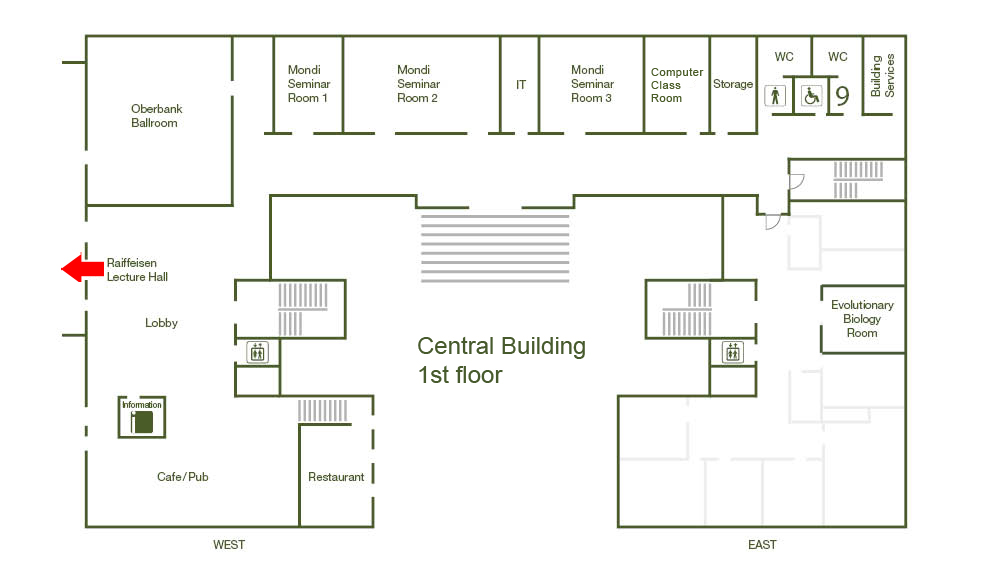The Institute Colloquium: Solvation - new answers to an old problem
Date
Monday, January 14, 2013 16:30 - 17:30
Speaker
Martina Havenith (Ruhr University Bochum)
Location
Raiffeisen Lecture Hall, Central Building
Series
Colloquium
Tags
Institute Colloquium
Contact

The majority of chemical reactions, including many that are central to important industrial and virtually all biological processes, take place in a liquid-state environment. Solvents with water being the most prominent are used to solvate molecular species ranging from industrial reagents to biological molecules in living cells. In the life sciences, water is the ubiquitous solvent, sometimes even called the matrix of life. There is a vast body of literature that considers solvents as inert media for molecular processes. Transcending this traditional view, solvents are now increasingly recognized as playing an active rather than a passive role in their own right. Recent advances in investigative techniques and theory now make possible new approaches to probing and describing solvation on a molecular scale [1]. Just recently, the role of water in the game of life has become apparent. Our group has pioneered THz absorption spectroscopy as a new, sensitive tool for studying the interactions of solutes such as saccharides, ions, peptides or proteins with water [2,3]. Table top THz sources allow for precise measurements of the THz absorption coefficient of aqueous solutions. In addition, THz time domain spectrometers have matured to a technique allowing for the study changes in solvation dynamics in real time. The significance of spectroscopic information in the THz frequency range, especially in the case of water stems from the fact that the hydrogen bond network of water, which is responsible for the majority of all the eccentricities of this otherwise simple liquid, exhibits its resonances due to collective water network motions exclusively in the THz frequency range [4]. We used a combination of kinetic spectroscopy techniques, coupled to molecular-dynamics simulations, to follow changes in water and protein dynamics as a zinc metalloprotease enzyme binds its substrate [5]. The results offer perhaps a most astonishing picture of how finely biomolecules manipulate their associated water molecules to perform their function. Along the same line we could also prove that long-range protein-water interactions make essential contributions to the antifreeze activity of antifreeze proteins. These results offer a fresh view onto the role of water for biomolecular shaping and function.